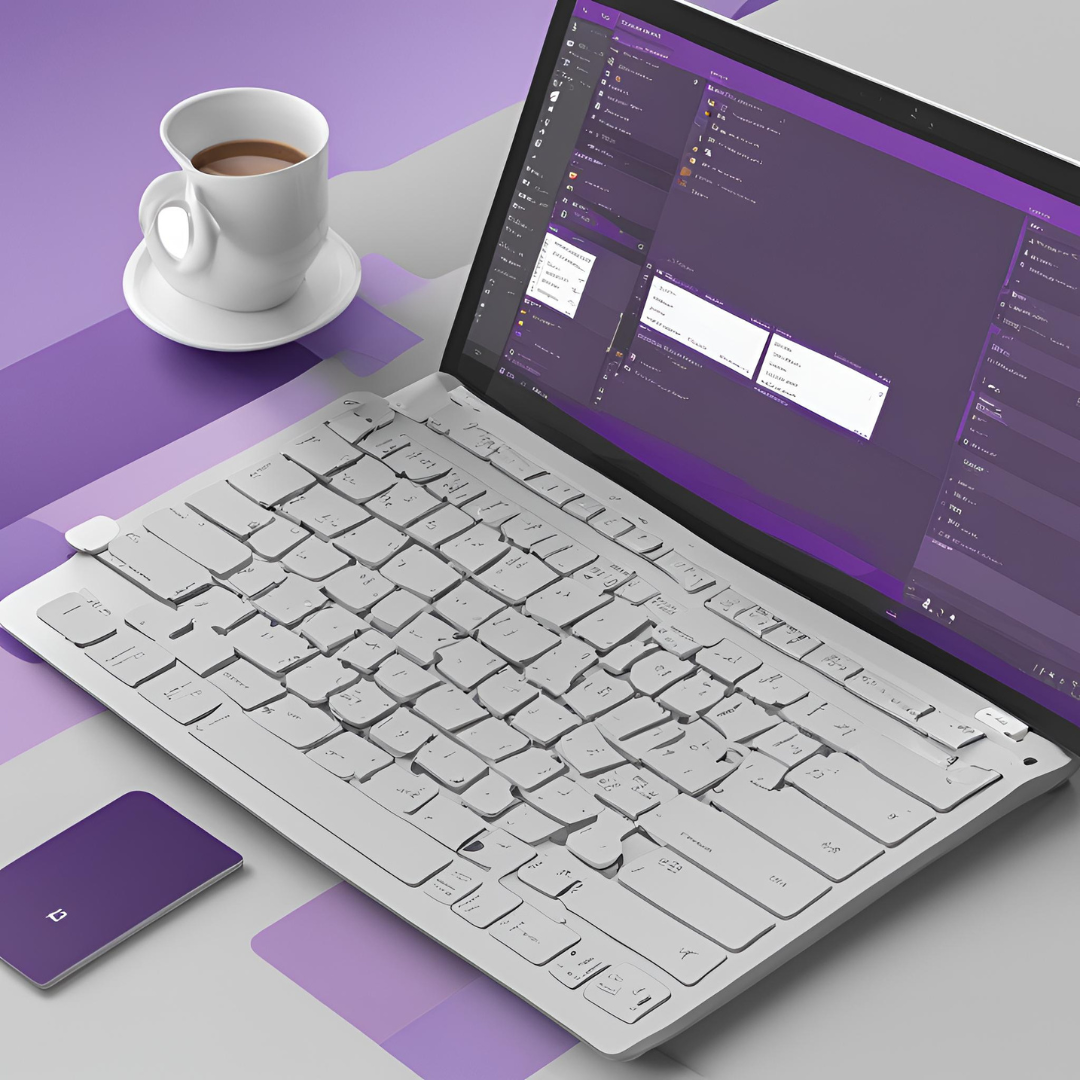Visual Studio Shortcuts: Boosting Your Coding Efficiency
 Mohammed Omar
Mohammed Omar
Visual Studio, Microsoft’s powerful IDE (Integrated Development Environment), is widely used for building applications across different platforms, from web to mobile and cloud. As with any complex tool, learning the right shortcuts can significantly boost your productivity by reducing the time spent on repetitive tasks.
In this blog, we’ll dive into the essential shortcuts in Visual Studio that every developer should know. These shortcuts will help you navigate more fluidly, write code faster, and debug more efficiently.
1. Navigating Code
Efficient navigation is crucial when working on large projects. Visual Studio offers several shortcuts to help you jump between files, classes, methods, and references.
Go To Definition
Shortcut: F12
This is one of the most useful shortcuts when working with object-oriented programming. When you need to see the definition of a class, method, or variable, simply place the cursor over it and press F12. Visual Studio will navigate you to its definition.
var result = CalculateTotal(price, quantity); // Place cursor on 'CalculateTotal' and press F12
Pressing F12 will take you to the definition of the CalculateTotal method.
Navigate Backward/Forward
Shortcuts: Ctrl + - (Backward) and Ctrl + Shift + - (Forward)
If you navigate to a definition, reference, or a new file, you might want to go back to your previous location. Use Ctrl + - to move backward in your navigation history, and Ctrl + Shift + - to go forward.
Go To File/Type/Member/Symbol
Shortcut: Ctrl + T
This is a fast way to navigate to any file, type, member, or symbol in your solution. Press Ctrl + T, and a search box will appear where you can type the name of what you're looking for. You can search for anything in your project, from methods to file names.
Peek Definition
Shortcut: Alt + F12
Instead of navigating away from your current file, you can use Peek Definition to view a small inline window of the method or class. This is useful when you just need to take a quick look.
2. Writing and Refactoring Code
The faster you can write and refactor your code, the more efficient your development process will be. Here are some powerful shortcuts for writing and improving code.
Quick Actions and Refactoring
Shortcut: Ctrl + .
Whenever Visual Studio detects a potential refactor (such as unused imports, missing references, or suggestions to improve code), a small light bulb appears. Press Ctrl + . to open the refactoring options.
Example:
If you have an unused using statement in your C# file:
using System.Text;
Press Ctrl + ., and Visual Studio will suggest removing it to clean up the code.
Comment/Uncomment Code
Shortcuts: Ctrl + K, C (Comment) and Ctrl + K, U (Uncomment)
When debugging or experimenting, you often need to comment out blocks of code. Highlight the code and press Ctrl + K, C to comment it out. To uncomment, use Ctrl + K, U.
Example:
// Press Ctrl + K, C
// This will comment this line out
int sum = CalculateSum(a, b);
Surround with Code Snippets
Shortcut: Ctrl + K, S
This shortcut allows you to surround a piece of code with a specific structure like try-catch blocks or region. It's a helpful tool for quickly adding error handling.
Example:
// Highlight the code and press Ctrl + K, S, then select try-catch
throw new InvalidOperationException();
This will wrap the line with a try-catch block automatically:
try
{
throw new InvalidOperationException();
}
catch (Exception ex)
{
// Handle exception
}
3. Debugging Shortcuts
Effective debugging is essential for catching and fixing bugs early in development. Visual Studio offers several shortcuts that make the debugging process faster.
Start Debugging
Shortcut: F5
This is the most basic debugging command. Press F5 to start running your project with the debugger attached. If there are breakpoints in your code, the debugger will stop at them.
Step Over, Step Into, Step Out
Shortcuts:
F10(Step Over)F11(Step Into)Shift + F11(Step Out)
When debugging, use F10 to step over methods, meaning the code inside the method will not be executed line-by-line. If you want to go inside a method and see what happens, use F11. After entering a method, if you want to go back to the calling method, press Shift + F11.
Run to Cursor
Shortcut: Ctrl + F10
When debugging, you may want to skip directly to a particular line of code without setting a breakpoint. Place your cursor on the desired line and press Ctrl + F10 to run directly to that line.
4. Managing Files and Projects
Toggle Between Open Files
Shortcut: Ctrl + Tab
If you have multiple files open in Visual Studio, you can quickly switch between them using Ctrl + Tab. Hold Ctrl and keep pressing Tab to cycle through all open files.
Close Current Tab
Shortcut: Ctrl + F4
To quickly close the currently active file, press Ctrl + F4. It’s a handy shortcut when you are done with a file and want to clean up your workspace.
Find in Files
Shortcut: Ctrl + Shift + F
This is an advanced search feature in Visual Studio that lets you search through all files in the solution for specific keywords. It’s faster than manually searching through files, especially in large projects.
5. Customization and Miscellaneous Shortcuts
Show IntelliSense
Shortcut: Ctrl + Space
When typing code, Visual Studio automatically provides suggestions and autocompletion via IntelliSense. However, if you want to trigger it manually, use Ctrl + Space to see all available options.
Format Document
Shortcut: Ctrl + K, D
If your code has inconsistent formatting, you can use this shortcut to auto-format the entire document. Visual Studio will apply your project's formatting rules to ensure the code is neatly structured.
Open Solution Explorer
Shortcut: Ctrl + Alt + L
Solution Explorer is where you can view and manage all the files and folders in your project. To open or focus on it quickly, press Ctrl + Alt + L.
Conclusion
Mastering Visual Studio shortcuts will not only speed up your coding but will also make you more efficient and focused. These shortcuts allow you to reduce repetitive tasks and spend more time solving the actual problem at hand. Whether you are navigating your codebase, debugging, or writing new features, using the right shortcuts will make you a faster and more productive developer.
Start practicing these shortcuts today, and you’ll notice an immediate improvement in your workflow!
Subscribe to my newsletter
Read articles from Mohammed Omar directly inside your inbox. Subscribe to the newsletter, and don't miss out.
Written by
